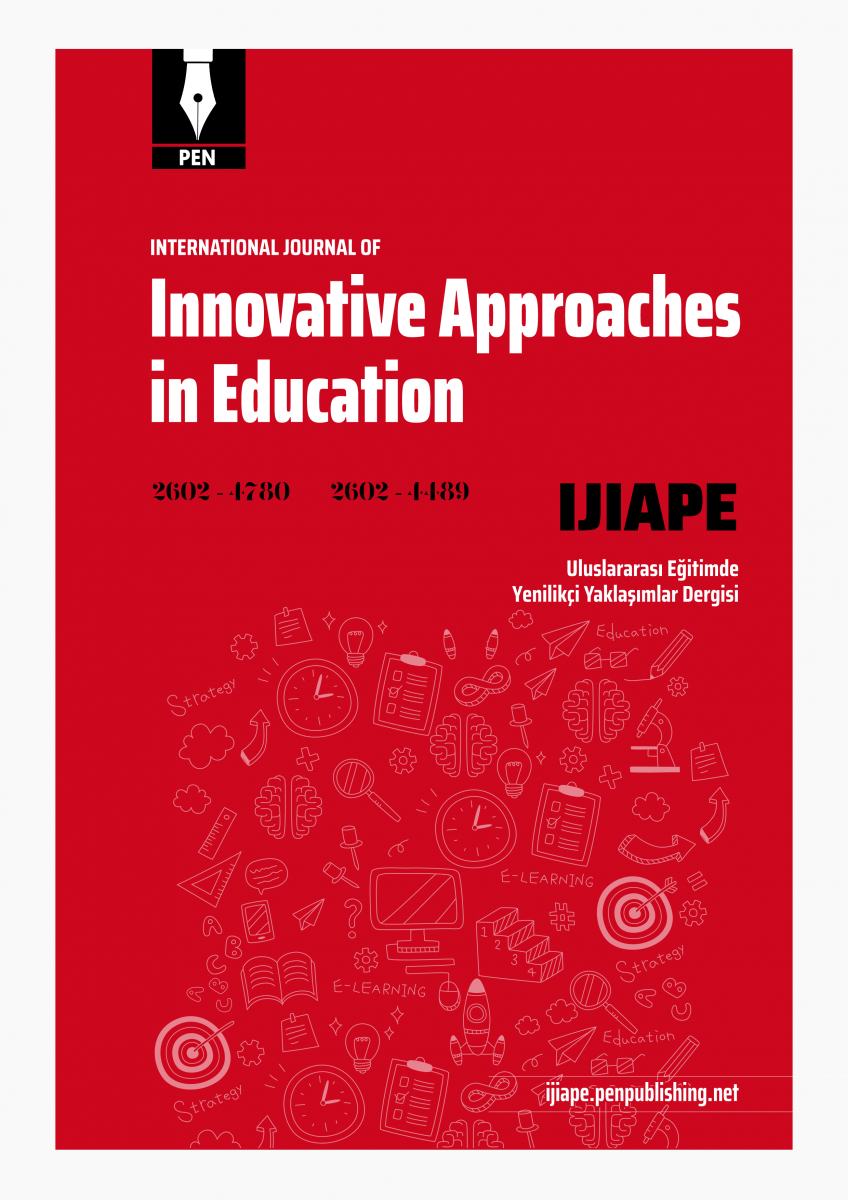Research article | Open Access
International Journal of Innovative Approaches in Education 2023, Vol. 7(1) 1-14
Student Views on the Use of Web 2.0 Tools in Teaching Turkish as a Foreign Language: Example of Wordwall Application
pp. 1 - 14 | DOI: https://doi.org/10.29329/ijiape.2023.540.1
Publish Date: March 31, 2023 | Single/Total View: 219/530 | Single/Total Download: 314/804
Abstract
The aim of this study is to examine the students' views on this process by using the Wordwall application, which is one of the Web 2.0 tools, in order to support the process of teaching Turkish as a foreign language. For this purpose, a case study, one of the qualitative research methods, was determined as a research method. The participants of the research are 12 volunteer students studying at Çanakkale Onsekiz Mart University Turkish and Foreign Language Teaching Application and Research Center (COMU TOMER) in the 2021-2022 academic year. Within the scope of the research, one of the in-class activities was carried out with the Wordwall application during the 11-week education period of the students, including both B2 and C1 levels. The researcher who carried out the application applied at least 3 of the wordwall activities, which were arranged to create a competitive environment for grammar topics and vocabulary teaching, in the classroom environment every week. At the end of the research, it was seen that the students found the Wordwall application very useful in line with the interview data collected from the students. It has been concluded that the application contributes to the learning of Turkish words, even makes it easier to understand the different meanings of words, supports permanent learning, and facilitates learning grammar with the opportunity to practice. Students stated that they could both reinforce what they learned individually and work more interactively and collaboratively by discussing with their friends. Although the application was found to be quite fun, interesting and exciting by the students, it was stated as a disadvantage that its use required the internet.
Keywords: Web 2.0 tools, Wordwall, Foreign language lerning, Teaching Turkish, Teaching Turkish as a Foreign Language
| How to Cite this Article? |
|---|
|
APA 7th edition Harvard Chicago 16th edition |
| References |
|---|
|

